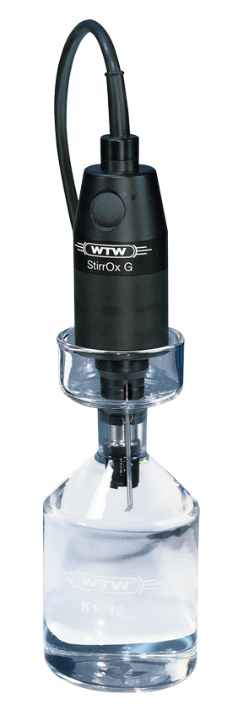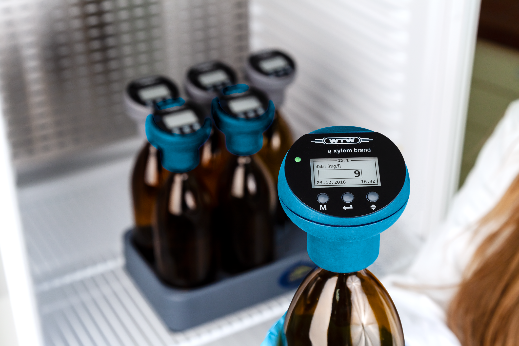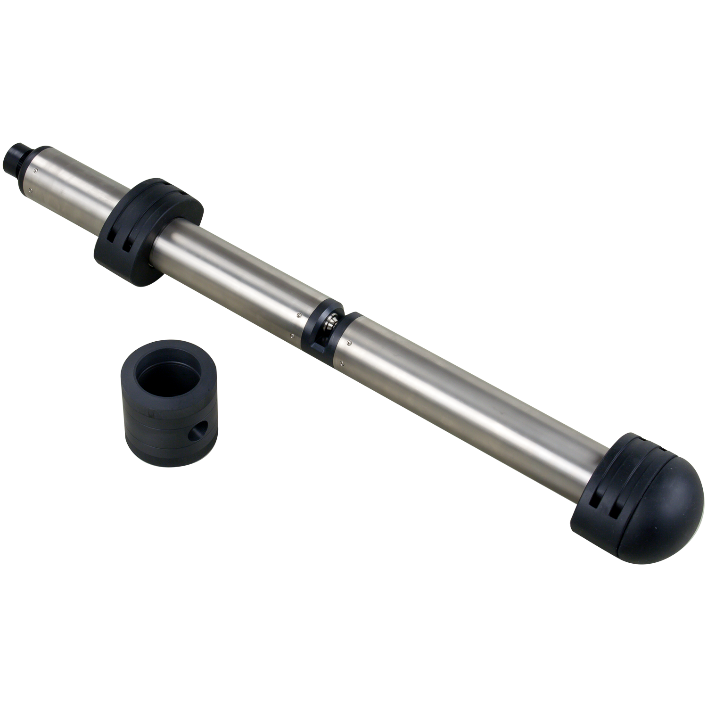Chemical oxygen demand (COD) is a sum parameter that includes all dissolved or particulate substances in wastewater and determines the oxygen required for their oxidation, provided that oxygen is the oxidizing agent. DIN 38409-41 describes the procedure for its determination.
The Biochemical Oxygen Demand (BOD) is part of the COD, but in contrast to the COD it contains the biodegradable portion, caused by the respiration of the dissolved carbon load by microorganisms.
How did these tests come about?
When sewerage systems were introduced in cities in the 19th century, it was found that unpleasant phenomena quickly occurred in the waters used for transportation, as the oxygen dissolved in the water was almost completely consumed. Rivers and ditches became evil-smelling broths, in which the fish and other creatures either died or the stocks were severely decimated, apart from the influence on the groundwater near the banks, which in turn was extracted in wells as drinking water for human consumption. Thus, one was forced to develop strategies and procedures for wastewater treatment and to determine the oxygen-consuming parameters.
The two tests mentioned above are still carried out in a modern and user-friendly version at wastewater treatment plants all over the world.
Measuring Approaches
The COD has established itself as a photometric cuvette test in which a standardized acidic dichromate digestion of a wastewater sample is carried out according to the measuring range in accordance with DIN 38409-41 and the photometrically determined dichromate consumption gives a measure of the COD. A typical value for municipal wastewater is approx. 600 mg/l COD in the inlet, in the outlet it is of course important to reduce this value as much as possible. The COD load contained in the waste water can be partly removed by mechanical processes at the screen, the grit chamber and by filtration or sedimentation in the secondary clarifier. Certain constituents can be eliminated chemically if necessary.
To perform the measurement Xylem Analytics supplies thermal reactors and photometers like the PhotoLab® 7600 UV-VIS with a selection of test sets for the corresponding measuring ranges and the modern reagent free method (OptRF), which allows a daily economic measurement of the COD without using the digesting method from above. It is also able to support the settings of the direct effluent measurement described below. The tests are designed in such a way that they can be carried out easily and safely without much effort and do not require any special laboratory knowledge.


COD cuvette test with barcode identification Thermoreactor CR 3200 for digestion at a constant 148 ° C

PhotoLab® 7600 UV/VIS with OptRF
There are two common procedures for the BOD: The worldwide accepted reporting method is the dilution BOD, e.g. according to DIN EN 1899-1, where the waste water to be analyzed is prepared in dilution series with a nutrient containing dilution water according to its expected range and the dissolved oxygen is determined by measuring with an oxygen sensor in the samples before and after their five day incubation at 20 °C. From this, the BOD is calculated. In the case of municipal wastewater, it is approximately half or up to two thirds of the COD. The disadvantage of this method is that it is somewhat complicated to carry out and requires trained and experienced laboratory personnel.

Self-stirring BOD oxygen sensor StirrOx® G in a Karlsruhe bottle
The much more frequently used method for BOD measurement as part of the self-monitoring procedure is pressure measurement in a closed bottle with undiluted samples according to DIN EN 1899-2, for instance with the OxiTop®-i. Different sample volumes are used here, depending on the measuring range, which are simply filled with special volumetric flasks. A rubber quiver in the measuring bottle contains sodium hydroxide, on which an electronic pressure measuring head is screwed. The carbon dioxide resulting from the biodegradation process forms a solid precipitate of sodium carbonate with the sodium hydroxide, which causes a pressure drop. From this, the measuring head directly calculates the BOD and, if desired, even shows the curve over the incubation period on the display. In contrast to the dilution BOD, it is necessary to continuously stir the samples during the incubation at 20 °C. This is due to the fact that the best possible availability between the gaseous atmospheric oxygen required in the sample and the gaseous oxygen in the bottle is achieved. It is clear that the effluent values for BOD should be significantly lower than the inlet values; values below 10 mg/l are not uncommon. In principle, this process basically reproduces the process in an aeration tank.

The increasing automation of processes in wastewater treatment also leads to a higher demand for continuous measurement technology. For this purpose Xylem Analytics Germany offers measurement probes with built-in spectral photometer. An example is the CarboVis® 705 IQ. It measures COD and BOD directly in the outlet of wastewater treatment plants and transmits its measurement data to the control room for process control.

CarboVis® 705 IQ. The measuring gap is in the middle
Of course the question arises how these measurement data are obtained. The solution lies in the photometric measurement of complex spectra in the ultraviolet and visible range that result from the chemical bonds of substances dissolved in water. The spectra depend on the concentration of these substances. In order to achieve a correspondence with the laboratory samples taken at the same place and to be able to make a statement about the validity, the measurement is compared with measured values of COD and BOD obtained in the laboratory. If necessary, a user calibration can be performed using these pairs of values.
The advantage is that, in addition to the discontinuous laboratory method (especially in the case of BOD measurement, which depicts events with a delay of five days), a permanent process monitoring system has been installed, with the help of which deviations can be recorded in real time and immediate intervention in the process is possible.
Summary
In retrospect, it must be said that these two measurement methods have lost nothing of their topicality despite their long history, and only the procedures were adapted to the technical possibilities. Their significance for keeping water clean is undisputed and will most certainly serve future generations.